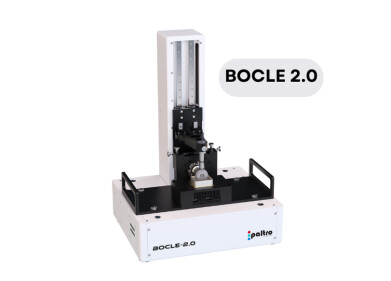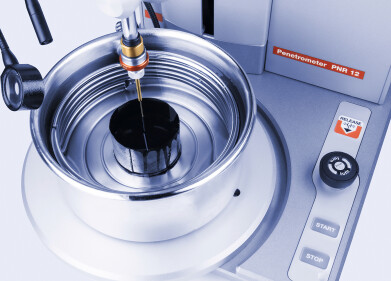-
 Xplorer Liquid Archie
Xplorer Liquid Archie -
 Image A : Table 1
Image A : Table 1 -
 Petroleum Naphtha – 0.26 mg/L TX - Peak Overlay
Petroleum Naphtha – 0.26 mg/L TX - Peak Overlay
Measurement and testing
Organic Bonded Chloride Determination through Oxidative Combustion Microcoulometry
Nov 15 2017
For decades, the presence of organic bonded chloride has been a relevant parameter for refinery and petrochemical processes. The challenges in recent years for the instrumental determination of chloride, have been the increasing need of a matrix independent method and an ever decreasing detection limit. Why is chloride such an important parameter and which benefits does Oxidative Combustion Microcoulometry offer?
The Importance of Monitoring Organic Chloride Content
Refineries convert crude oil into all kinds of petroleum products varying from fuels up to the residual bitumen. Presence of chloride in crude oil may result in catalyst poisoning and corrosion of process units which have a negative impact on the profitability as well as the reliability and safety of the refinery. Chlorides in the refining process are difficult to control, especially the organic chlorides. They cause various forms of corrosion at different temperatures and pressure levels, downstream of the distillation unit. Besides the corrosive effects, chloride also deteriorates the quality of the final product.
How to Detect (Organic) Chloride Components?
There are multiple international standards that specifically focus on the analysis of (organic) chloride, often expressed as Total Chloride (TX), in crude oil, intermediates and final products of the refining unit. Oxidative combustion microcoulometry is the benchmark technique to which multiple international standards refer. One of the benefits of oxidative combustion microcoulometry is that all (organic) chloride components are converted to hydrochloric acid (HCl). The most popular international standard to measure the organic chloride content are: ASTM D4929, UOP 779 and ASTM D5808. Table 1* demonstrates the capabilities of TE Instruments’ XPLORER-TX while analysing samples according to these international standards. *(Please refer to image A for table 1)
Oxidative Combustion Microcoulometry Compared with other Techniques
Recently, XRF related techniques present themselves as alternatives to measure chloride in petroleum products. When compared, we notice that microcoulometric detection has numerous benefits:
- Microcoulometric titration can be applied to a much wider range of sample types, including liquids, solids, gas and LPG.
- Microcoulometry is not affected by the matrix and inhomogeneity of the sample. This can be seen as a major issue for XRF technique.
- Microcoulometry is an absolute detection technique. All (organic) chloride components are converted to hydrochloric acid (HCl). The XPLORER-TX achieves a 100% recovery. Therefore, calibration of the XPLORER-TX can be done but is not even necessary.
- Sulfur is another harmful component which is commonly present in petroleum products. Microcoulometry does not experience interferences of sulfur to the chloride signal. No sulfur analysis or dilution required prior to chloride analysis.
- The measuring range of the XPLORER-TX (0.025 mg/L – 1000 mg/L), makes it the most versatile analyser for the analysis of chloride. Measuring samples in the sub-ppm range is impossible for most XRF techniques.
- At ppb level, the performance of the XPLORER-TX is unrivaled within the industry.
Digital Edition
PIN 25.6 Buyers' Guide
January 2025
Buyers' Guide Directory - Product Listings by Category - Suppliers Listings (A-Z) Articles Analytical Instrumentation - ASTM D7042: The Quantum Leap in Viscosity Testing Technology -...
View all digital editions
Events
SPE Hydraulic Fracturing Technology Conference and Exhibition
Feb 04 2025 The Woodlands, TX, USA
Feb 05 2025 Guangzhou, China
Trinidad and Tobago Energy Conference 2025
Feb 10 2025 Point Lisas, Trinidad
Feb 11 2025 Lagos, Nigeria
Feb 13 2025 Manama, Bahrain


















